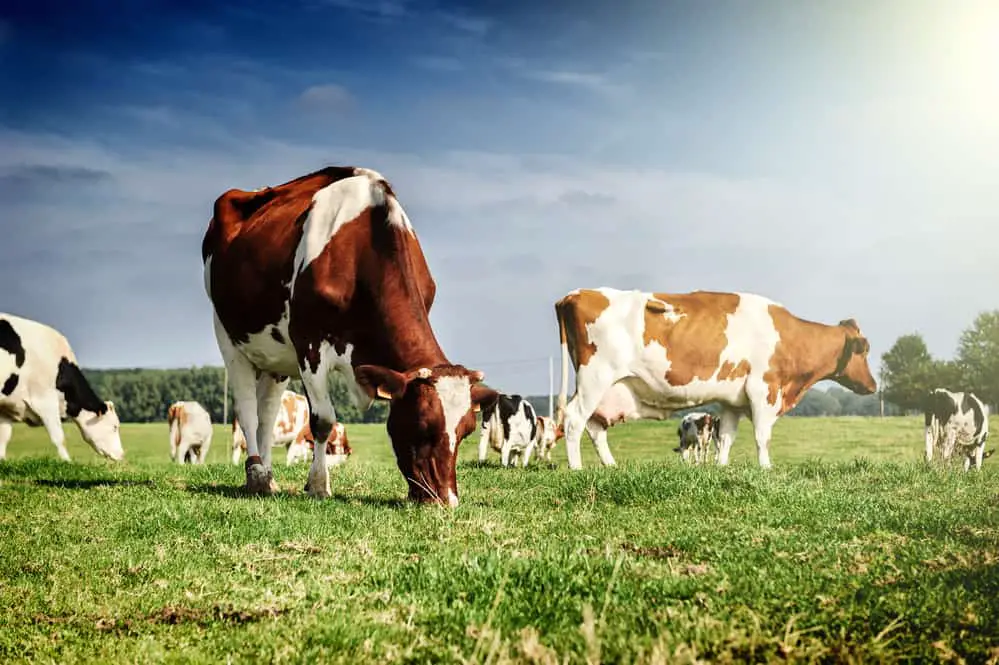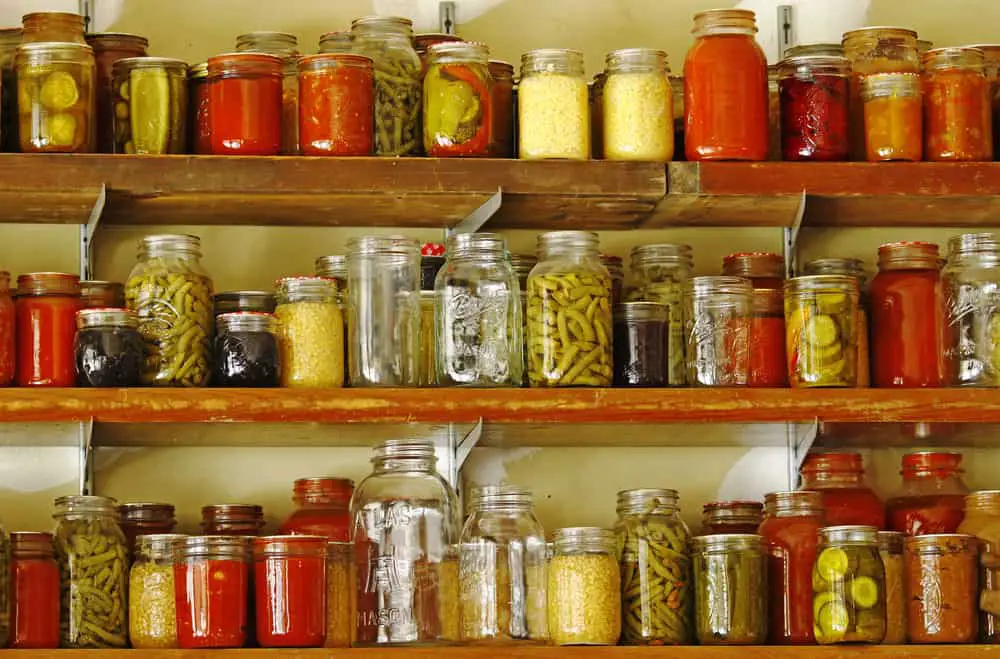The question of how much land is best for homesteading remains open, and the truth is that there is no answer. However, ten acres is an excellent medium between too little and too much land.

In some cases, one can have just enough land to have chickens and goats; other times, some have hundreds of acres.
Despite this, I still suggest ten acres as a great starting point for all. It isn’t a great idea to have too much land and become overwhelmed, but also keep in mind lots of land is not required.
Ten acres not only gives you enough room to have a decent amount of livestock, a large garden, and plenty of room, but it also remains easy to manage compared to higher acreage.
This is why I’ve decided to create this guide, a guide that will walk you step by step on homesteading on ten acres.
How To Homestead On 10 Acres
Understand Your Goals
Ten acres is quite a piece of land to manage, so it’s essential to make realistic goals and understand them well.
If you genuinely want to build a solid homestead, you’re going to want to create a good plan for what you’ll be doing and when you’ll be doing it.
The first thing to think about is the home itself. Will you be building it from the ground up, or will you be buying a mobile home and transitioning it into a self-sufficient homestead?
You need to understand your budget and how you’re going to apply it correctly. Building a home almost always goes over budget, so keep this in mind.
It’s essential to be realistic here, as it’s not necessarily as easy as you’d think to become self-sufficient the first year.
Having some savings put back or a day job can help out tremendously during the first year.
Raising Livestock
If you are a carnivore, you’ll need to have livestock on your property.
Many homesteaders with similar amounts of land usually have livestock such as cows, pigs, chickens, rabbits, and other livestock.

Not only can this benefit you by putting enough food on the table, but it can also make you money if the livestock is breeding enough.
If you’re unaware, a full-sized cow can feed a family for months. Because of this, just a few cows each year is enough to get by with.
To keep the meat fresh, take advantage of food preservation like canning. Chickens can net you a nice amount of poultry as well, as with ten acres, a hundred chickens is an easy task.
Not to mention all of the eggs you’re going to get. Pigs are also great animals to feed on and usually breed like wildfire.
If you take anything from this, know that having various livestock, breeding them all, selling the overstock for profit, and living off the rest is the ultimate goal.
Growing a Garden
Luckily, ten acres is more than enough space to grow a garden that could fully sustain you and your family in just two years.
If it were me, I’d dedicate one acre to the garden and plant food that you can live off, such as beans and squash. The majority of the garden should be this way.
As for spices, corn, and other low-calorie food, plant those in dedicated areas to give the high-calorie food more room to grow.
Let’s be honest here; it’d be challenging to live off peas and corn, right?
This is why it’s imperative to ensure your garden is full of high-calorie foods that are both filling and packed with protein.
If you do not plan to rely only or primarily on your garden, this may not apply as much to you.
But it’s critical to do this before you need it vs. after when you change your plans and end up having to wait another year for your beans to grow.
Food Preservation
Food preservation is essentially the most critical step for larger homesteads. Without food, everything else will inevitably fall apart, leaving you high and dry.
This is because you’ll be processing meat, vegetables, and fruits, so you’ll need somewhere to store them.

My favorite method to preserve essentially any kind of food is by canning it. This method is straightforward to pick up on and offers a shelf life climbing into several years in most cases.
You can also dehydrate food, which can give you a long shelf life but isn’t the most favorable as it can change the taste and quality of the food.
You can also choose to cure the meat, leading to a year or more shelf life, but it will leave the food very salty.
Lastly, you can use a root cellar, a cellar placed underneath the ground with proper ventilation systems in place and is best used for non-meat products.
Pressure canning, which essentially gives a more reliable seal than regular water bath canning. It’s imperative to learn food preservation because beef or pork will go to waste fast without it.
Self-Sufficiency
To homestead, you must be fully self-sustainable. This includes food, water, and electricity. Water isn’t typically an issue in most climates.
Water can easily be acquired using a rainwater harvesting system, which is cheap and easy to install.
I’d highly suggest buying a property with a creek or pond, as watering the garden and livestock can use up your water storage very quickly.

There are tactics to get around this, though. If you can afford it, a water well can make your life much easier on a homestead.
They usually cost a few thousand dollars to install, but it will pay for itself in labor saved in no time. Moving on, electricity is also essential.
Since you’re going to be disconnected from the grid, you can use solar panels or generators.
Solar is typically cheap considering all things, mainly because your homestead is unlikely to be power-hungry. Gasoline generators can be helpful if you do not plan to use electricity often.
On the other hand, propane generators are better for regular electricity usage but require a larger tank for long-term use.
Frequently Asked Questions
How Much Money Is Needed To Homestead?
Land can be purchased for just a few thousand as well. The highest cost comes with buying the tools, livestock, and self-sufficiency items like solar panels.
Expect to spend a minimum of $10,000 if you play your cards right. It can undoubtedly be done cheaper, but expect to sacrifice a few luxuries in the beginning.
Do I Really Need 10 Acres?
Some people homestead in the suburbs, and while it’s more challenging to become self-sustainable, it can be done.
If we’re realistic, though, at least one acre should be the minimum. Otherwise, you’re going to have to sacrifice space, which can make things difficult.
What Is The Best State To Homestead?
Texas is also a good state because, yet again, they have relaxed laws. However, both of these states have either a hot or chilly climate.
Florida, Tennessee, Montana, and Florida are all great states, but there is much more to understand before determining the best state for homesteading.
Verdict
I grew up amid a 1400 acre forest, surrounded by other individuals living the same lifestyle, off-grid while hunting, farming, and living the homestead lifestyle.
I can say that more often than not, most people never utilized more than 10 acres. Any more than that, and you might as well call it a farm.
Ten acres gives you enough room for cattle, goats, chickens, honey bees, gardens, and beyond. Plus, you may even be able to put together a food plot to hunt deer or turkey on.
Do not feel pressured to buy land that you cannot afford, though. Plenty of people homestead on a few acres of land or less, and even in the suburbs, so it can be done on a small property.
